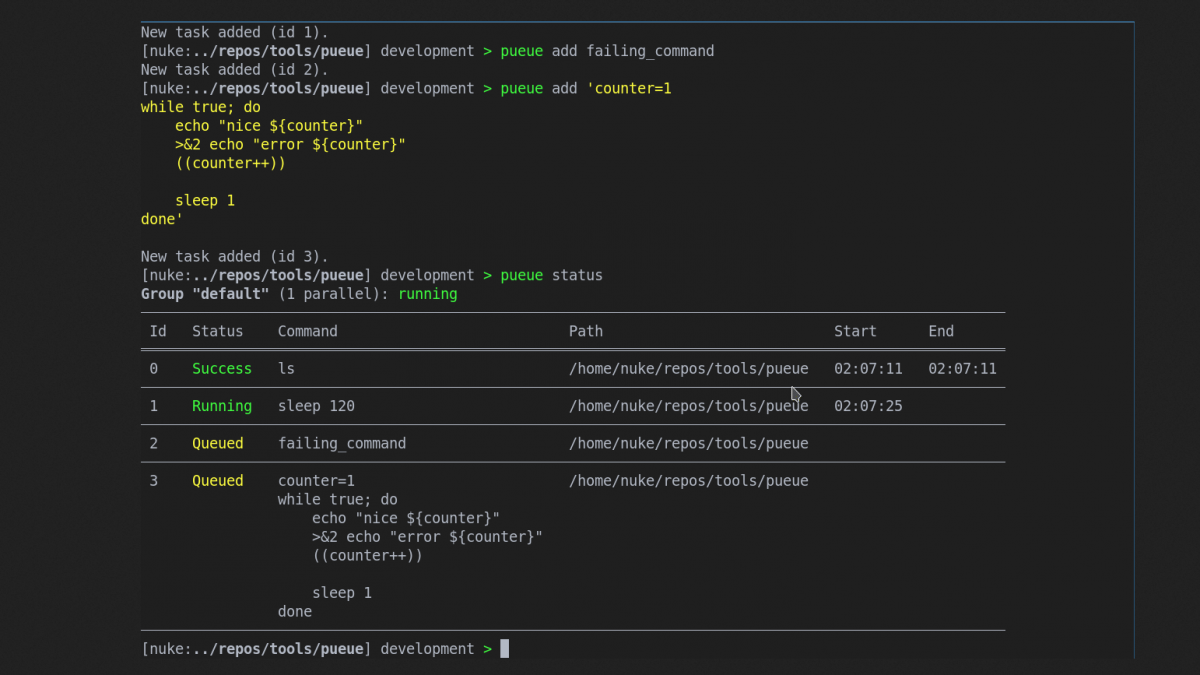The warning signs have been flashing for some time. Your current cloud partner isn’t living up to its promises. It’s definitely time to move to another provider…or is it?
Knowing exactly when it’s time to switch cloud providers can be an agonizing process that requires careful consideration, analysis, and planning. “It’s important for customers to clearly communicate expectations to their service provider and let them know when and how those expectations weren’t met,” said Brittany Hamm, global digital services lead at professional services provider Kalypso, a unit of Rockwell Automation.
Key indicators
Cloud providers exist to make money by helping and satisfying their customers, “so if you are questioning their promised service level, it’s important to identify the root cause,” Hamm said. A key sign that a service provider isn’t living up to its promised service level is that your job is now harder, instead of easier, she noted.
Clear key performance indicators (KPIs) and service level agreements (SLAs), coupled with strong management and governance, will give early and frequent indications when a provider is not achieving its obligations, said Bernie Hoecker, partner and enterprise cloud transformation leader with global technology research and advisory firm ISG.
If KPI and SLA studies indicate a problem, it’s important to clearly communicate these facts to the service provider, letting the firm know how and where expectations aren’t being met. “Customers that set clear expectations with their service providers can course-correct earlier in the process and mitigate future potential issues,” Hoecker explained.
Many enterprises have adopted “cloud-first” strategies with the mistaken belief that life is always better and cheaper in the cloud. “They have not conducted the proper due diligence and coupled that with contract terms to ensure compliance,” he said. That’s generally a bad idea. “Jumping into the cloud without doing your homework can result in ‘cloud chaos’ with budget overruns, vendor lock-in, expensive and inflexible architectures, negative ROI, and more,” Hoecker noted. “The advent of multi/hybrid cloud environments add complexity to a firm’s cloud estate and must be taken into consideration in terms of performance across the entire ecosystem.”
Changing Partners
Moving to another cloud provider is hardly a snap. Automating, rearchitecting, reengineering, eliminating technical deficits, or even migrating to another cloud may all be necessary to get an organization’s cloud operations back on track, observed Yuri Gubin, CIO at DataArt, an enterprise data software development firm. Yet even these considerations may not be enough. “If you move to another cloud with the same mindset, processes, and technologies, you’ll only replicate what you built before and, in a year or two, you’ll be back where you started,” he warned.
Moving quickly and impulsively is the wrong way to transition to another cloud service, Hamm cautioned. “Start by taking the time to test and vet new providers to ensure that the one you choose fits your organization’s needs, is aligned on working toward your business goals, and has a clear understanding of your expectations,” she said. “Once you have a strong understanding of how or if each service provider will do this, you can then decide on the provider that best meets your business needs.”
An organization’s overall cloud strategy should inform and dictate whether it is appropriate to move to a different cloud provider. “A holistic view of a hybrid multi-cloud environment should be the first step,” Hoecker recommended. “Depending on the starting position, one can then decide what parts and responsibilities should be transitioned to the new cloud provider.”
Prior to signing up with a new cloud partner, enterprise IT leaders should step back and examine their organization’s overall cloud blueprint, Hoecker said. “Understand the enterprise’s strategy for taking workloads and running them in the cloud,” he suggested. Determine if there’s a holistic approach to cloud engineering, continuous cloud migration, day-two cloud operations, and, if applicable, management via a single pane of glass across the entire hybrid multi-cloud environment. “Based on this strategy,” he said, “the scope of the current provider might need to be enhanced or combined in different ways.”
A cloud transition should also be accompanied by a well-architected review. It’s important, for instance, to establish a reliability engineering team; one that can design a cloud platform for maximum system availability, Gubin advised. Cost comparison between the old and new provider is also critical. In most cases, when clients are unhappy with their cloud, it’s because it’s too expensive, he noted. “If there are significant costs involved, every problem becomes more visible,” Gubin said.
Takeaway
Having a mutual understanding and maintaining open communication with the cloud provider throughout the entire relationship allows organizations to ensure that their expectations are being met, Hamm said. “Still, as your organization’s needs evolve, it’s completely fair to question if your cloud service provider has, and will continue to, meet your needs.”
Related Content:
Have You Fully Operationalized Your Organization’s Cloud?
How CIOs Should Manage the Rapid Shift to the Cloud
What Happens If a Cloud Provider Shuts You Out?
Just How Hard is it to Move from One Cloud Provider to Another?
Note: This article have been indexed to our site. We do not claim ownership or copyright of any of the content above. To see the article at original source Click Here













